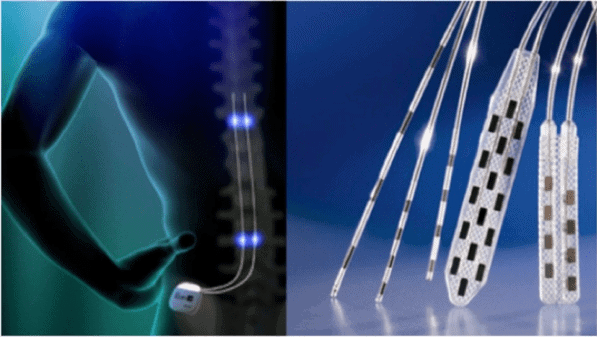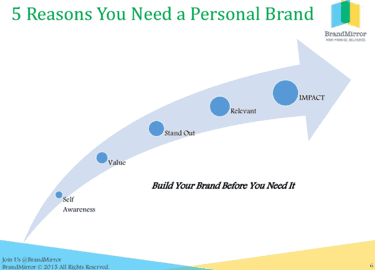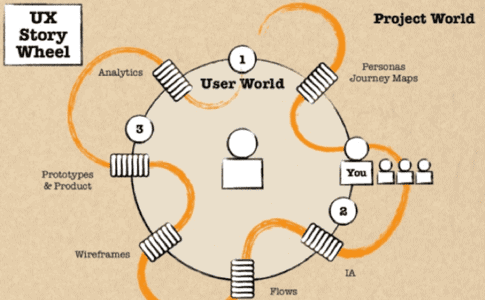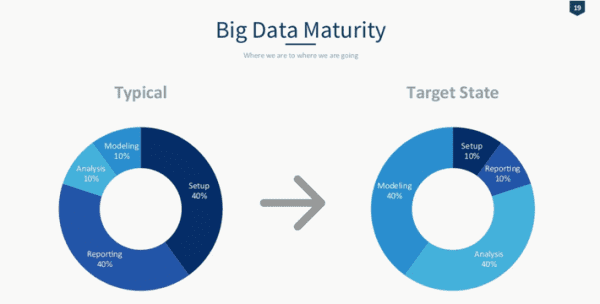UXPA14 in London was going to be a hard act to follow, but how did this year’s conference in San Diego stack up?
The beachside location in Coronado was stunning, but I have to say the selection of topics didn’t quite resonate as much as last year (repetition of topic, too much discussion about agile design practice). Having said that, there were some diamonds in the rough, which made the conference so worthwhile. The following represents my top 5 presentations.
The Ultimate Wearables
I was blown away to see Tony Fernandes’ presentation, “The Ultimate Wearables: Interactive Implants” which demonstrated exactly how wearables are beginning to add significant value to individuals, particularly in relation to assisting with health issues and improving quality of life.

Tony from UE Group shared his team’s experience working on a project to evaluate the design medical implants that live in the body but can be controlled from outside the body using a remote control to address perceptions of pain and to stop involuntary tremors. The research and design journey presented and the impact it had on the researchers/designers and the patients was heartfelt and inspiring! The future implication of this type of technology on our lives is mind-blowing!
View Tony’s slides on interactive implants here.
The User Experience of You
I find the thought of building my personal brand both exciting and irksome! Jen Dalton from BrandMirror did a great job convincing me I need to get over my skepticism, because if I don’t define my personal brand, someone else will do if for me.

In this session, Jen shared insights targeted to help individuals define their own value and stand out from peers. “Companies like to work with people that have a great reputation and a great promise of value. Be credible in your space – discover, design, and differentiate yourself. Make it easy for someone to find you and want to do work with you.”
Tell me what you do
I am a big fan of Nancy Duarte’s book Resonate and have bored the team with my constant references to the book and the art of drawing on storytelling to get the message across and appeal to our clients. As a result, I was interested to see how Mary Wharmby from Spring Studio in her presentation “Tell me what you do – How storytelling can transform artifacts into engagement” explains how she executes her own creative, yet methodical approach to harnessing the art of Storytelling with UX artifacts.

As Mary explains “many design artifacts are dry and flat – often showing a snapshot rather than capturing the depth and breadth of an experience. Fortunately, there is a method most of us are already familiar with and can come to master: STORYTELLING. This session will teach beginners and masters alike how to improve their communication skills by transforming artifacts into narratives – increasing meaning, boosting understanding and demonstrating value.”
View Mary’s slides on storytelling here.
Promoting Accessibility
In terms of websites, UX and accessibility are inexorably linked. Despite this, not all product managers see the connection; “they don’t think they have a budget for accessibility, or they aren’t obligated to meet accessibility requirements, so they don’t try.”
This panel discussion “Promoting accessibility on projects with no accessibility aspirations” included Dick Horst, Dana Douglas, Cory Lebson, and Jennifer Sutton and provided a great vehicle for accessibility experts and supporters alike to vent and discuss tactics on how to address market apathy in the accessibility space.
Rather than hitting product managers over the head with threat of legal action of a sense of social obligation, the panel seemed to agree that the path forward lies in forming an individual connection with the powers that be; “what is you are looking at a website and you are just feeling tired?” Website accessibility impacts us all to some degree…
View the slides from this accessibility presentation here.
Big Data and Big Ideas
Over recent years, U1 has been working with large enterprise clients to harness strategic insight and value form Big Data. Much of this work involves qualitative and quantitative modeling coupled with a firm understanding of the organizational context and goals. Despite what some CX software vendors propound, software and algorithms are not capable of making decisions for executive.
It was great to learn how TS Balaji has approached similar challenges in his work at Cox in his presentation “Big data and big ideas: Quantitative modelling in UX research”. “Quantitative models help make product research more interpretable by developing testable, causal relationships between product features and business outcomes, going beyond descriptive statistics for each feature and attribute. In this way, stakeholders know not just what features are performing or underperforming, but whether those are impacting the overall performance of the product on key outcomes.”
In order to harness the potential of Big Data, organisations need to be able to confidently move beyond setup and reporting and focus more time on analysis and modeling.
